Measurement of mechanical properties (hardness, elasticity modulus, …) of metals, ceramics, polymers, rubber and composites up to 5 kN with 2 mN and 10 µm resolutions.


Examples of measurements – measurement of presliding friction of ultra-high precision positioning device:

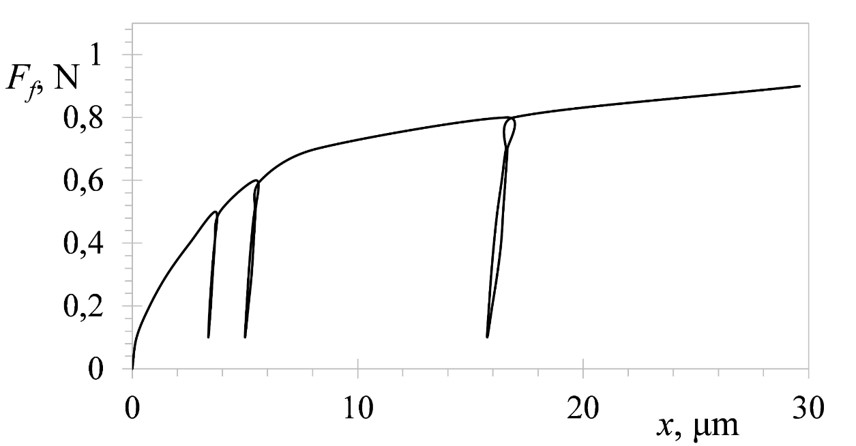
Examples of measurements – mechanical testing of cured ham:
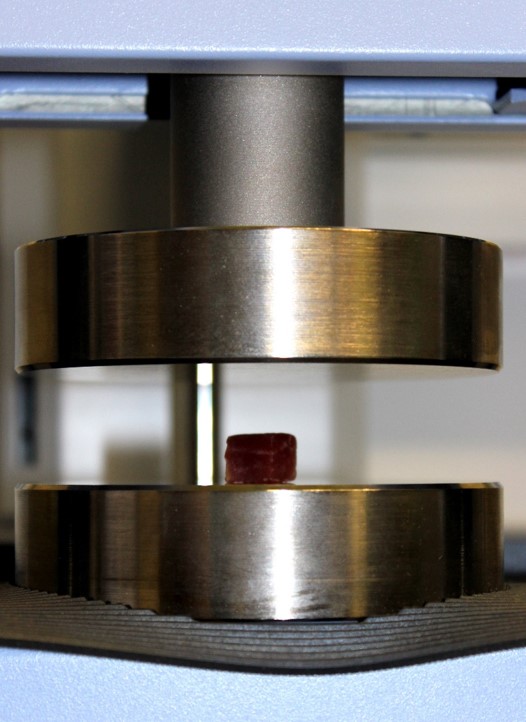



















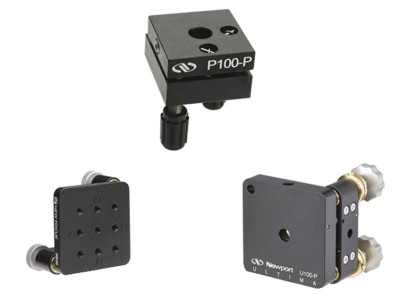















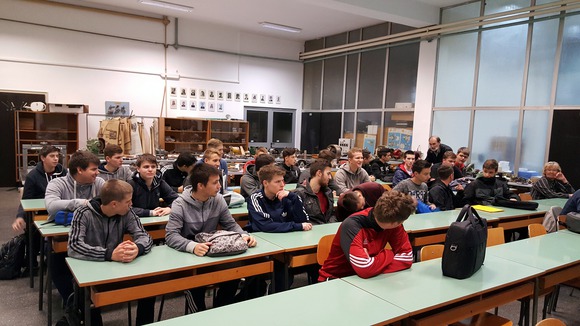











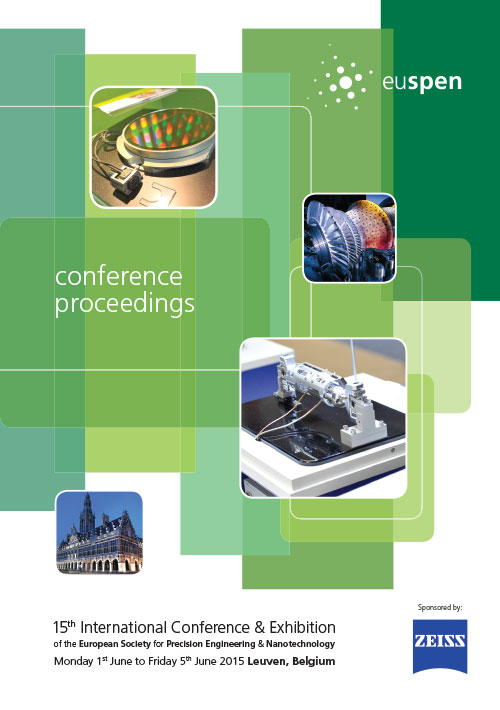




 Update (09-13-2014):
Update (09-13-2014):







